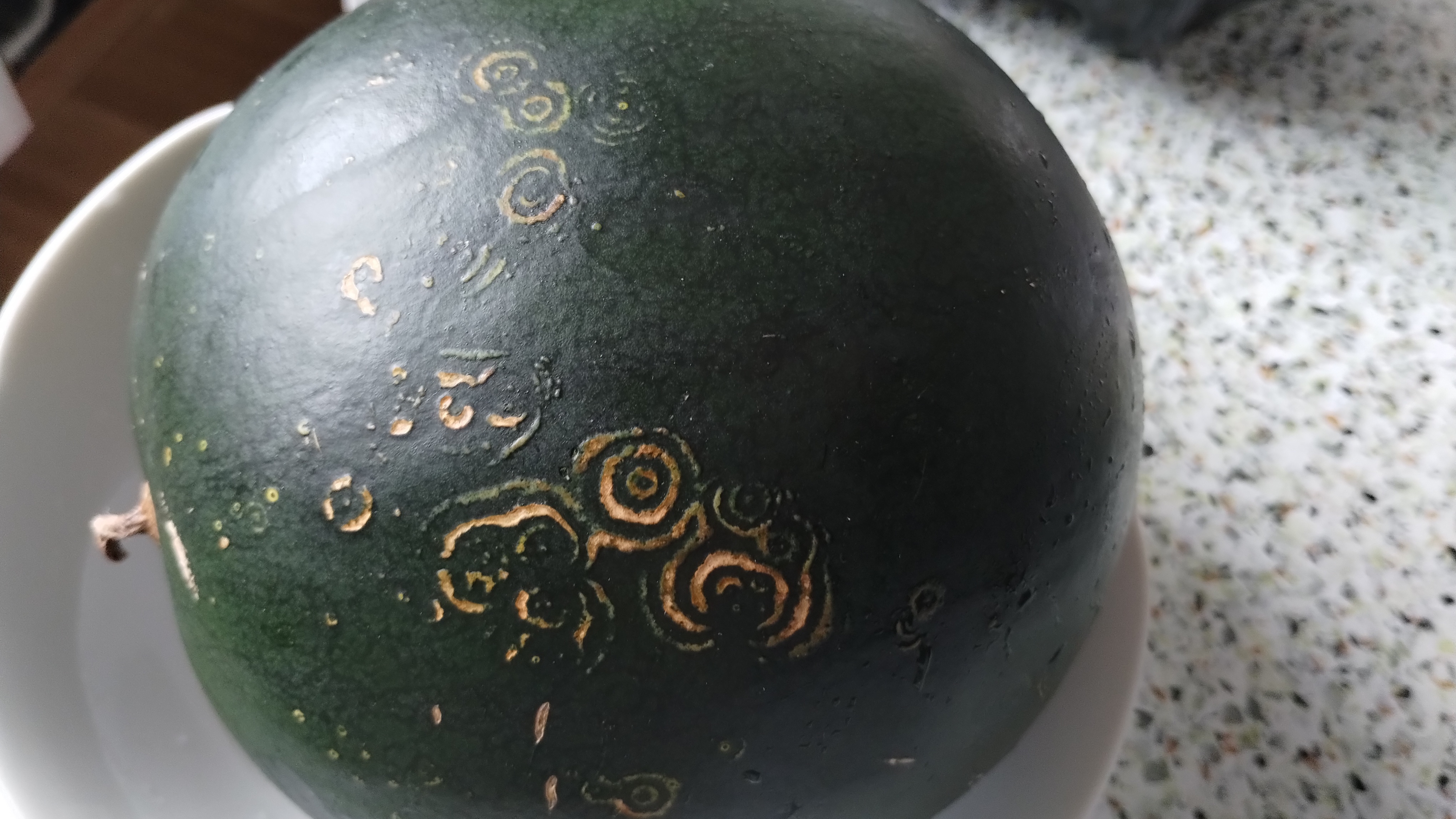this post was submitted on 13 Sep 2024
193 points (97.1% liked)
Mildly Interesting
17727 readers
841 users here now
This is for strictly mildly interesting material. If it's too interesting, it doesn't belong. If it's not interesting, it doesn't belong.
This is obviously an objective criteria, so the mods are always right. Or maybe mildly right? Ahh.. what do we know?
Just post some stuff and don't spam.
founded 2 years ago
MODERATORS
you are viewing a single comment's thread
view the rest of the comments
view the rest of the comments

Apparently, these are caused by Watermelon mosaic virus
The Wikipedia picture is misidentified, kindof.
So there were two mosaic virus discovered in watermelons. The first one discovered was called watermelon mosaic virus. The second one was called watermelon mosaic virus 2 (WMV-2).
Now as molecular technics advanced it was discovered that the the first WMV virus was the same as Papaya Ring Spot Virus (PRSV)
Since the PRSV name for the virus was older, it was kept. WMV-2 then was renamed to WMV.
So that is most likely PRSV aka the old WMV. WMV (aka WMV-2) rarely causes ringspots.
http://ncsupdicblog.blogspot.com/2011/11/sample-of-week-papaya-ringspot-virus-on.html?m=1
You seem knowledgeable in this matter, so let me ask you: is this harmful to humans? What is the harm of this watermelon virus?
No it is not harmful to humans. This virus like most others others like it only infect plants. It is transmitted by aphids. So it survives inside of them but doesn't replicate.
In watermelons it damages the new growth, especially the leaves. This reduces the plants ability to phosynthesize sugars and stops fruit production.
So I’m popping in this thread to ask how does the virus survive if it kills? Is the plan to spread before that happens?
PRSV doesn't immediately kill the plant. It kills it slowly over quite some time. It replicates in the growing point of the plant. This conveniently is the same location where aphids feed.
The aphids then transfer the virus to a new plant. Plant viruses have a wide range of host species and they move around with their vectors.
For more information, Here is an excellent write up on the virus.
https://www.apsnet.org/edcenter/disandpath/viral/pdlessons/Pages/PapayaRingspotvirus.aspx
Ah that makes sense, thanks for the detailed write up